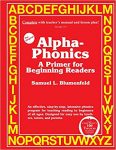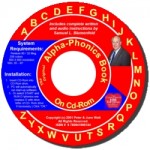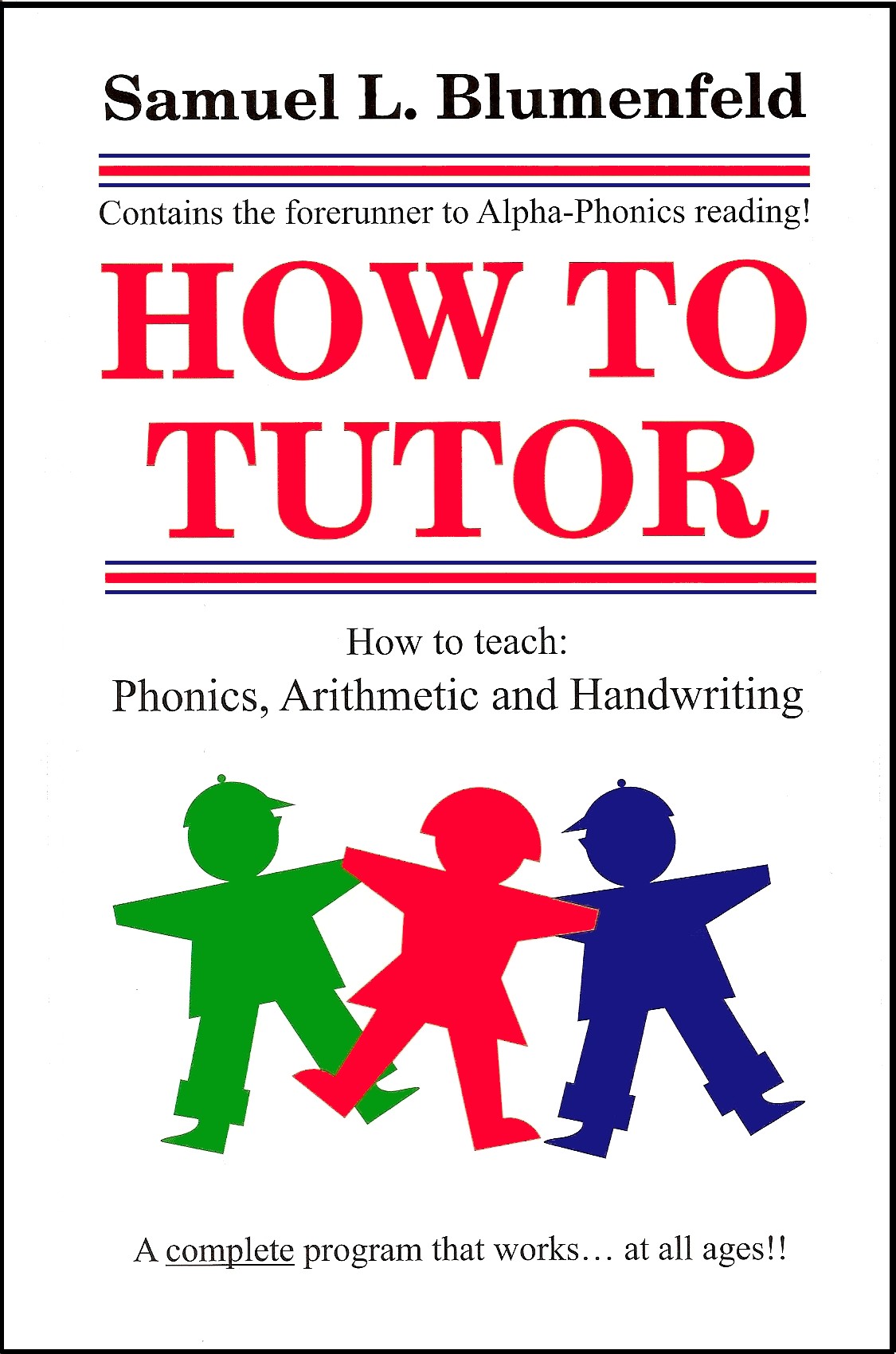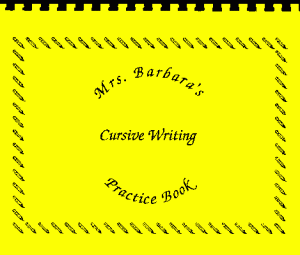Center for American Progress
Homework and Higher Standards
How Homework Stacks Up to the Common Core See Video at end of post

-
OVERVIEW
CAP analysis found that homework is generally aligned to Common Core State Standards, but additional policy changes would make it more valuable.
-
PRESS CONTACT
Introduction and summary
For as long as homework has been a part of school life in the United States, so too has the debate over its value. In 1900, a prominent magazine published an article on the evils of homework titled, “A National Crime at the Feet of Parents.”1The author, Edward Bok, believed that homework or too much school learning outside the classroom deprived children of critical time to play or participate in other activities at home. The very next year, California, influenced by those concerns, enacted a statewide prohibition on homework for students under the age of 15.2In 1917, the state lifted the ban, which has often been the case as districts have continually swung back and forth on the issue.3
More than 100 years later, homework remains a contentious issue, and the debate over its value rages on, with scholars coming down on both sides of the argument. Homework skeptic Alfie Kohn has questioned the benefit of homework, arguing that its positive effects are mythical, and in fact, it can disrupt the family dynamic.4He questions why teachers continue to assign homework given its mixed research base. Taking the opposite view, researchers Robert Marzano and Debra Pickering have voiced their support for purposeful homework that reinforces learning outside of school hours but still leaves time for other activities.5
In 1989, prominent homework scholar Harris Cooper published a meta-analysis of more than 100 studies on homework in a survey that found a correlation between homework and performance on standardized tests, but only for certain grade levels. According to

Alpha-Phonics phonics reading instruction program shown in new Mini Flash Drive version barely as large as a Postage Stamp
Cooper’s research, for students in late-elementary grades through high-school, there was a link between homework and improved standardized test performance. However, there was no evidence of the same correlation for younger students.6Even without a connection to academic achievement, Cooper still recommended assigning homework to younger students because it helps “develop good study habits, foster positive attitudes toward school, and communicate to students the idea that learning takes work at home as well as school.”7
Far from academia, parents—not surprisingly—are some of homework’s most ardent supporters and, also, its most vocal critics. For better or worse, many parents help or are involved in their child’s homework in some way. As a result, homework can shape family dynamics and weeknight schedules. If a child receives too much homework, or only busywork, it can cause stress within families and resentment among parents.8Some parents report spending hours each night helping their children. For instance, a 2013 article inThe Atlanticdetailed a writer’s attempt to complete his 13-year-old daughter’s homework for a week. The headline simply read: “My Daughter’s Homework Is Killing Me.”9The father reported falling asleep trying to thoughtfully complete homework, which took around three hours per night.10On the other hand, some parents appreciate the glimpse into their child’s daily instruction and value homework’s ability to build positive learning habits.
It is no surprise that the debate over homework often spills onto the pages of newspapers and magazines, with calls to abolish homework regularly appearing in the headlines. In 2017, the superintendent of Marion County Public Schools in Florida joined districts in Massachusetts and Vermont in announcing a homework ban. To justify his decision, he used research from the University of Tennessee that showed that homework does not improve student achievement.11Most recently, in December 2018,TheWall Street Journalpublished a piece that argued that districts were “Down With Homework”—banning it, placing time caps or limiting it to certain days, or no longer grading it—in order to give students more time to sleep, read, and spend time with family.12
Given the controversy long surrounding the issue of homework, in late spring 2018, the Center for American Progress conducted an online survey investigating the quality of students’ homework. The survey sought to better understand the nature of homework as well as whether the homework assigned was aligned to rigorous academic standards.
Based on the best knowledge of the authors, the CAP survey and this report represent the first-ever national study of homework rigor and alignment to the Common Core State Standards—rigorous academic standards developed in a state-led process in 2010, which are currently in place in 41 states and Washington, D.C. The CAP study adds to existing research on homework by focusing on the quality of assignments rather than the overall value of homework of any type. There are previous studies that considered parental involvement and the potential stress on parents related to homework, but the authors believe that this report represents the first national study of parent attitudes toward homework.13
For the CAP study, the authors used the Amazon Mechanical Turk (MTurk) online survey tool to collect from parents their child’s actual homework assignments. Specifically, as part of the survey, the authors asked parents to submit a sample of their child’s most recent math or language arts homework assignment and have the child complete questions to gauge if the assignment was challenging, as well as how long it took to complete the assignment. In all, 372 parents responded to the survey, with CAP analyzing 187 homework assignments.
Admittedly, the methodological approach has limitations. For one, it’s a convenience sample, which means people were not selected randomly; and broadly speaking, the population on the MTurk site is younger and whiter than the U.S. population as a whole. However, research has shown that MTurk yields high-quality, nationally representative results, with data that are at least as reliable as those obtained via traditional methods.14
In addition, the homework sample is not from a single classroom or school over the course of a year; rather, it is a snapshot of homework across many classrooms during the span of a few weeks in May 2018. The assumption is that looking at assignments from many classrooms over a short period of time helps to construct a composite picture of mathematics and language arts homework.
Three key findings from the CAP survey:
- Homework is largely aligned to the Common Core standards.The authors found that the homework submitted is mostly aligned to Common Core standards content. The alignment index that the authors used evaluated both topic and skill. As
 previously noted, the analysis is a snapshot of homework and, therefore, does not allow the authors to determine if homework over the course of a year covered all the topics represented in the standards.
previously noted, the analysis is a snapshot of homework and, therefore, does not allow the authors to determine if homework over the course of a year covered all the topics represented in the standards. - Homework is often focused on low-level skills in the Common Core standards, particularly in the earlier grades.While the authors’ analysis shows that there was significant alignment between Common Core and the topics represented in the homework studied, most of the assignments were fairly rote and often did not require students to demonstrate the full depth of knowledge required of the content standards. There was clear emphasis on procedural knowledge, and an even stronger emphasis on memorization and recall in language arts. Common Core content standards, on the other hand, require students to demonstrate deeper knowledge skills, such as the ability to analyze, conceptualize, or generate.15
- Homework frequently fails to challenge students.Nearly half of the parents who responded to the CAP survey reported that homework is too easy for their child. In particular, parents of primary-grade children were most likely to agree or strongly agree that the homework assignment they submitted was too easy for their child.
To Read the rest of this article please click HERE
To learn about the Alpha-Phonics phonics-based reading instruction program which any one who can read can use to teach someone to read click HERE
Watch Video of Questions (And answers) we have found interesting over the 33 year life of Alpha-Phonics use.



 Alpha-Phonics
Alpha-Phonics The Alphabet Song!
The Alphabet Song! Water on the Floor
Water on the Floor Blumenfeld Oral Reading Assessment Test
Blumenfeld Oral Reading Assessment Test How To Tutor
How To Tutor How To Tutor Cursive Handwriting Workbook
How To Tutor Cursive Handwriting Workbook